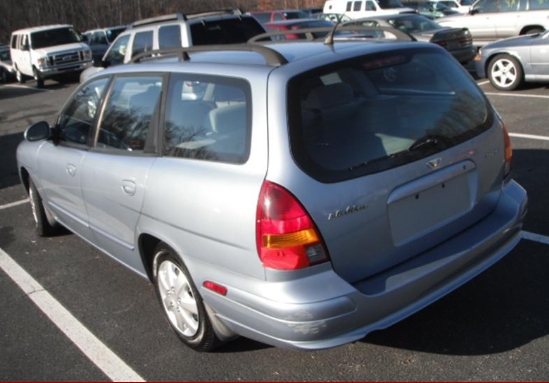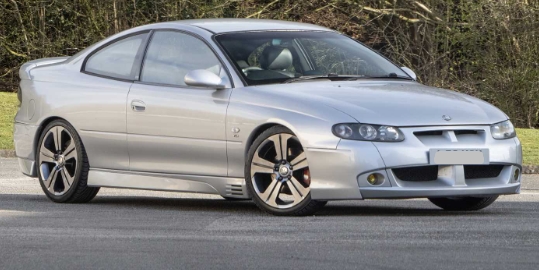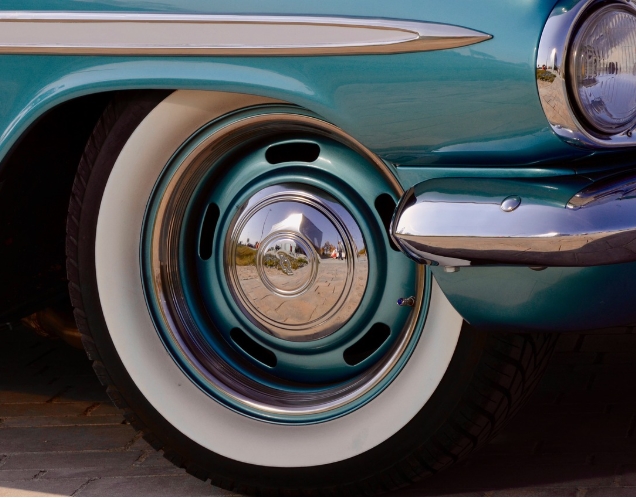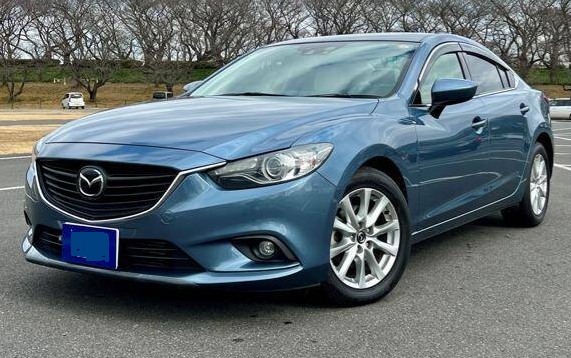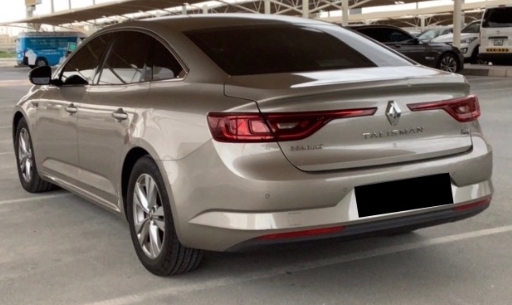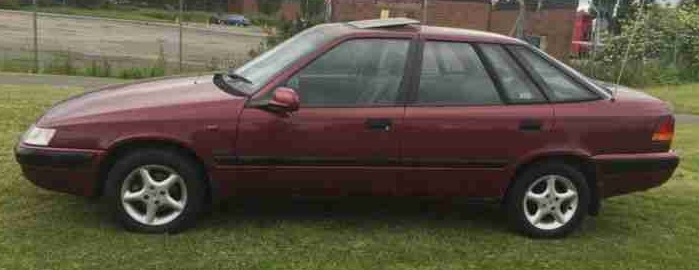The Evolution of the Daewoo Nubira
Introduction
The Daewoo Nubira marked a significant chapter in South Korea’s automotive history, symbolizing the country’s burgeoning automotive industry during the late 20th century. Launched in the early 1990s, the Nubira was Daewoo’s first major foray into the compact and mid-size sedan markets, aiming to compete globally. Over its production span from 1997 to 2002, the Nubira evolved through various generations, models, and trim levels, reflecting technological advancements, design updates, and shifting market preferences.
This article chronicles the complete evolution of the Daewoo Nubira, detailing its production years, models, and trim configurations, providing a comprehensive understanding of this vehicle’s development.
First Generation (1997–2002)
Introduction and Development
Daewoo introduced the Nubira in 1997 as part of its strategic expansion into global markets. The first-generation Nubira was based on the Opel Vectra B platform, which allowed Daewoo to leverage proven engineering while designing a car tailored for the Asian and European markets. This model was assembled in South Korea, with some versions assembled in Eastern Europe and other regions as part of Daewoo’s international manufacturing network.
Model Range and Variants
The first-generation Nubira was available primarily in sedan and station wagon (estate) body styles, with trim levels varying by market but generally including base, CD, CDX, and Elite trims. The core lineup focused on offering a balance of affordability, comfort, and practical features.
Engine Options
The first-generation Nubira was equipped with a range of gasoline engines, including:
- 1.6-liter SOHC I4
- 1.8-liter SOHC I4
- 2.0-liter DOHC I4
Additionally, some markets offered a 2.0-liter diesel engine (e.g., 2.0-liter Isuzu 4EE1 or 4JA1 engine), making the Nubira accessible to customers seeking fuel-efficient options.
Transmission Options
Transmission choices included:
- 5-speed manual
- 4-speed automatic (some markets)
- 5-speed automatic (later models)
Design and Features
The first-gen Nubira was characterized by a conservative yet modern design, with rounded edges and a prominent grille. It featured a relatively spacious cabin for its class, with standard amenities such as air conditioning, power windows, and a basic audio system. Higher trims like the CDX and Elite added features such as alloy wheels, upgraded audio, and additional interior comforts.
Market Variants
- South Korea: The Nubira was sold through Daewoo’s domestic dealership network, with some versions tailored to local preferences.
- Europe: In Europe, the Nubira was marketed as an affordable alternative to more established brands, with a focus on value.
- Other Markets: The model was also exported to various countries in Asia, Latin America, and Eastern Europe.
Second Generation (2002–2011)
Development and Launch
The second-generation Nubira was introduced in 2002, marking a significant redesign that aligned the model more closely with global design trends and technological standards. Although the initial production period was from 2002 to 2004, the Nubira nameplate persisted in some markets until 2011, when it was phased out in favor of other Daewoo and GM models.
Platform and Design
This generation was built on GM’s Global Compact Platform, sharing components with Opel and other GM vehicles. It featured a more modern, aerodynamic exterior design with smoother lines and a more refined profile. Inside, the cabin received upgrades in materials and technology, including improved safety features and comfort amenities.
Models and Trim Levels
The second-generation Nubira was available primarily as a four-door sedan and station wagon, with trim levels tailored to regional markets:
- SE: The base trim, offering essential features.
- SX: Mid-level trims with additional comfort and technology features.
- CDX: Higher trims with premium features such as leather upholstery, alloy wheels, and advanced audio systems.
- Limited/Elite: Top-tier trims with luxury features, often including more advanced safety and convenience options.
In some markets, the Nubira was also available as a hatchback, although less common.
Engine Options
Engine offerings varied by market but generally included:
- 1.6-liter SOHC I4
- 1.8-liter DOHC I4
- 2.0-liter DOHC I4
- 2.0-liter diesel (variously turbocharged or naturally aspirated)
Transmission options included 5-speed manual, 4-speed automatic, and later 5-speed automatics.
Facelift and Updates
A facelift in 2005 introduced subtle exterior updates, including new grille designs, revised bumpers, and improved lighting elements. Interior features were upgraded, emphasizing ergonomics and safety.
Market Position and Reception
The Nubira second generation was positioned as an affordable yet modern compact sedan with a focus on value. It gained popularity in markets where cost-effective transportation was crucial, and its GM roots helped improve its reliability and parts availability.
Third Generation and Discontinuation (2011)
Transition and Market Shift
By the early 2010s, the Nubira nameplate was phased out in many regions, replaced by newer models under the Chevrolet and Daewoo brands, such as the Chevrolet Lacetti (also known as the Aveo). The Nubira’s production officially ended around 2011, marking the end of an era for Daewoo’s mid-size and compact offerings.
Legacy
While the Nubira itself was discontinued, its platform and engineering influenced subsequent models within GM’s global portfolio. It served as a critical stepping stone for Daewoo’s expansion and helped establish the brand’s reputation in several emerging markets.
.
MANY auto lovers not only spend time in their garages to tinker on their autos, but have other projects going on in there as well. Wood working is a popular pastime for the creative type of individual. Not sure what to make next? Or thinking about getting into this kind of hobby? There’s lots of possibilities… Here’s some of them…

.
Summary of Key Models and Trim Levels
| Generation | Years Produced | Body Styles | Notable Trim Levels | Engine Options | Notable Features |
|---|---|---|---|---|---|
| 1st Gen | 1997–2002 | Sedan, Wagon | Base, CD, CDX, Elite | 1.6L, 1.8L, 2.0L I4, Diesel | Basic amenities, safety features, moderate trim options |
| 2nd Gen | 2002–2011 | Sedan, Wagon, Hatchback | SE, SX, CDX, Limited/Elite | 1.6L, 1.8L, 2.0L, Diesel | Improved safety, comfort, modern design, multiple trims |
Conclusion
The Daewoo Nubira’s evolution reflects its journey from a modest Korean compact to a globally recognized vehicle segment. Its lifespan from 1997 to 2011 saw significant updates in design, engineering, and features, driven by the changing landscape of the automotive industry. The model’s strategic platform sharing with GM and Opel allowed it to incorporate advanced technology and safety features over time, making it a competitive offering in its class.
Today, the Nubira remains a nostalgic relic for automotive enthusiasts and collectors, representing South Korea’s growing influence in the global car market during the late 20th and early 21st centuries. Its legacy continues through the vehicles that succeeded it and the role it played in Daewoo’s rise as a global automaker.
